Garden urns are among the most timeless and versatile elements in landscaping and garden design. Their origins stretch back thousands of years, and they have been used in various cultures for both functional and decorative purposes. From ancient civilizations to contemporary landscapes, garden urns have evolved in form, material, and usage. This blog delves into the historical significance of garden urns and explores how they continue to inspire modern interpretations in garden and interior design.
The Historical Roots of Garden Urns
Ancient Civilizations: Practical and Aesthetic Roles
Garden urns trace their origins to ancient civilizations, where they served both practical and ornamental purposes. In ancient Greece and Rome, large urns, often made of terracotta or stone, were used to store essential commodities like water, oil, and wine. Over time, these vessels were adapted for decorative use, placed in courtyards, gardens, and temples.
Urns were often intricately designed, featuring motifs of gods, mythological scenes, and natural elements. These designs reflected the cultural and spiritual values of the time. The use of garden urns in ancient Roman villas was particularly notable, where they were integrated into elaborate garden layouts to convey wealth, sophistication, and a connection to nature.
The Renaissance: A Symbol of Elegance
The Renaissance period marked a revival of classical art and architecture, and garden urns became a central feature of formal gardens. Italian Renaissance gardens, such as those at the Villa d'Este and the Boboli Gardens, prominently featured stone and marble urns. These urns were often mounted on pedestals, serving as focal points in the meticulously planned geometric layouts.
The influence of the Renaissance spread across Europe, leading to the integration of urns in the grand estates of France, England, and beyond. In French Baroque gardens, like those at the Palace of Versailles, urns were used to emphasize symmetry and order, often placed along pathways or at the intersections of parterre designs.
The Victorian Era: A Period of Mass Production
The Industrial Revolution brought significant changes to garden design, including the production of garden urns. During the Victorian era, advancements in manufacturing allowed for the mass production of cast-iron and ceramic urns. These more affordable and accessible urns enabled a wider range of people to incorporate them into their gardens.
Victorian gardens were known for their eclecticism, combining formal and informal elements. Urns became a popular choice for displaying vibrant flowers and plants, contributing to the lush and ornamental aesthetic of the time. They were often designed with intricate patterns and featured in public parks, private estates, and botanical gardens.
Modern Interpretations of Garden Urns
Versatility in Contemporary Landscapes
In modern garden design, urns continue to be a versatile and enduring element. They are no longer confined to traditional settings but have been reimagined to suit a variety of styles, from minimalist to eclectic. Garden urns can serve multiple roles, including:
- Focal Points: Positioned at the center of a garden bed, patio, or entryway, urns draw the eye and create a sense of structure and balance.
- Planters: Urns are commonly used to display a range of plants, from cascading flowers to ornamental grasses, adding vertical interest and texture.
- Water Features: Some contemporary garden urns are designed as fountains, combining the soothing sounds of water with the elegance of traditional forms.
Materials and Designs
Today’s garden urns come in a wide variety of materials, each offering unique aesthetic and functional qualities. Traditional materials like stone, terracotta, and cast iron remain popular, while modern materials such as fiberglass, concrete, and lightweight composites provide durability and ease of use.
Designs have also evolved to cater to diverse tastes. Sleek, minimalist urns complement modern architectural landscapes, while ornately detailed urns maintain their appeal in classical and cottage-style gardens. The color palette has expanded as well, with natural stone finishes, metallic hues, and vibrant painted options available to match any design scheme.
Indoor Applications
The appeal of garden urns has extended beyond the outdoor landscape, finding a place in interior design as well. Urns can be used as statement pieces in entryways, living rooms, or even conservatories. When used indoors, they often serve as elegant plant holders or sculptural elements that bring a touch of nature and history into the home.
Sustainability and Innovation
As sustainability becomes an increasingly important consideration in design, many modern garden urns are crafted with eco-friendly materials and processes. Recycled materials, such as reclaimed stone or metal, are being used to create beautiful and sustainable urns. Additionally, manufacturers are exploring biodegradable and low-impact materials to reduce environmental footprints.
Some innovative designs incorporate smart technology, such as self-watering systems, making it easier to maintain plants and conserve water. These advancements ensure that garden urns remain relevant and practical in a world where sustainability is a priority.
Incorporating Garden Urns in Your Space
Whether you have a sprawling estate or a compact urban garden, incorporating garden urns can enhance your outdoor (or indoor) space. Here are a few tips for using urns effectively:
- Choose the Right Size: Consider the scale of your space when selecting an urn. A large urn can serve as a bold centerpiece, while smaller urns work well in groups or along pathways.
- Placement Matters: Urns can be used to frame entrances, define outdoor rooms, or highlight specific areas of your garden. Think about sightlines and how the urns will interact with their surroundings.
- Experiment with Planting: Get creative with the types of plants you use. Combine different textures, colors, and heights to create visually striking arrangements.
- Seasonal Changes: Use your urns as dynamic elements that change with the seasons. Switch out plants and decorations to reflect the time of year, keeping your garden fresh and engaging.
Conclusion
Garden urns have a rich history that spans millennia, serving as both functional vessels and decorative masterpieces. From their roots in ancient civilizations to their modern interpretations, these timeless pieces continue to captivate and inspire. Whether used as planters, water features, or standalone sculptures, garden urns offer endless possibilities for enhancing both outdoor and indoor spaces.
By blending historical significance with contemporary design, garden urns bridge the past and present, bringing a touch of elegance and artistry to any setting. Whether you prefer a classical aesthetic or a modern minimalistic approach, there is a garden urn to suit every taste and style. Embrace their versatility and make them a centerpiece of your design vision.
Frequently Asked Questions
What is the historical significance of garden urns?
Garden urns date back to ancient civilizations like Greece and Rome, where they were used for both practical purposes (storing water, oil, and wine) and decorative functions in gardens, temples, and courtyards. Over time, they evolved into symbols of wealth, sophistication, and artistic expression.
How were garden urns used during the Renaissance period?
During the Renaissance, garden urns became central features in formal garden designs, often made from stone or marble and placed on pedestals. They were used to emphasize symmetry and serve as focal points in the meticulously planned layouts of Italian, French, and English estates.
What materials are commonly used for modern garden urns?
Modern garden urns are made from a variety of materials, including traditional options like stone, terracotta, and cast iron, as well as contemporary materials like fiberglass, concrete, and lightweight composites. Each material offers unique aesthetic and functional benefits.
Can garden urns be used indoors?
Yes, garden urns are increasingly used in interior design. They make excellent statement pieces in entryways, living rooms, and conservatories, often serving as elegant plant holders or sculptural elements that bring a touch of nature and history indoors.
How can garden urns be incorporated into sustainable design?
Sustainable garden urns are often made from recycled or eco-friendly materials, such as reclaimed stone or metal. Some modern designs incorporate innovations like self-watering systems to conserve water and make plant maintenance easier.
What are some creative ways to use garden urns in modern landscapes?
In contemporary gardens, urns can be used as planters, water features, or standalone sculptures. They also work well for framing entrances, defining outdoor spaces, or creating seasonal displays by changing plant arrangements and decorations throughout the year.
Related Articles
Water Feature Urns 101: Selecting, Installing, and Maintaining Your Perfect Piece
The Top 5 Benefits of Adding a Garden Urn to Your Garden
A Buyer's Guide to Garden Urns: What to Know Before You Invest
Lion Water Fountains: Decoding the Symbolism & Meaning
Buddha Water Fountains: Decoding the Symbolism & Meaning


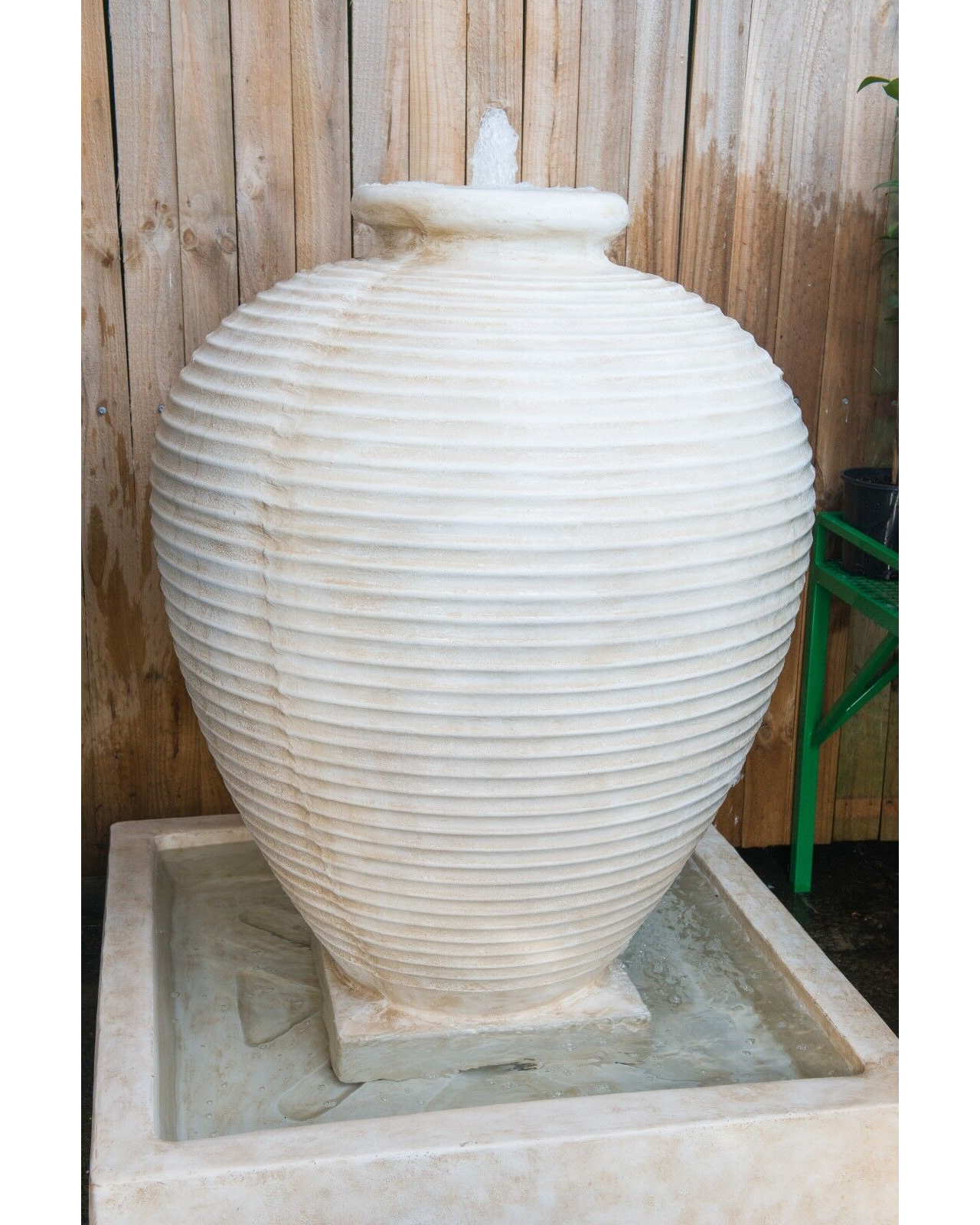

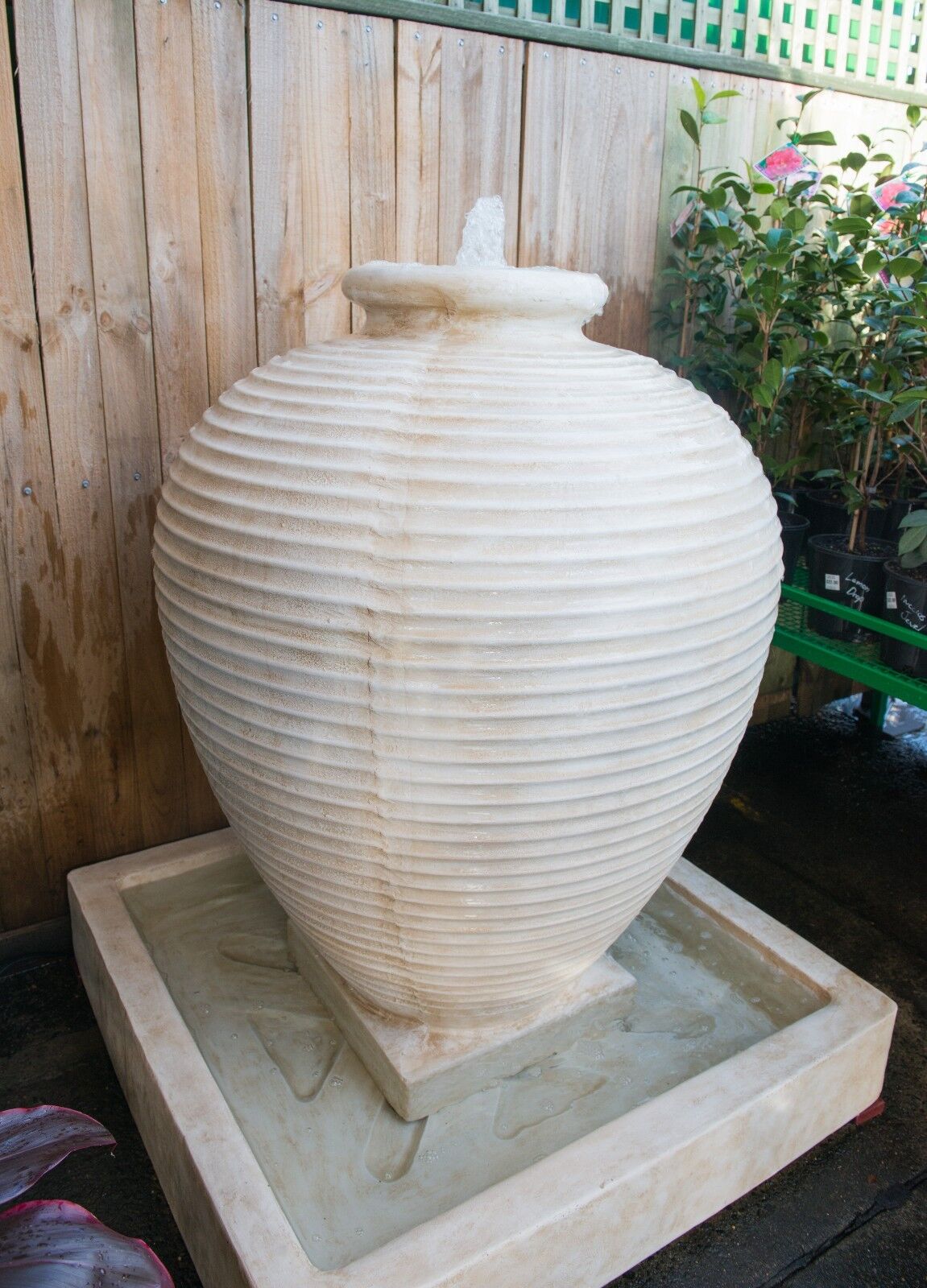
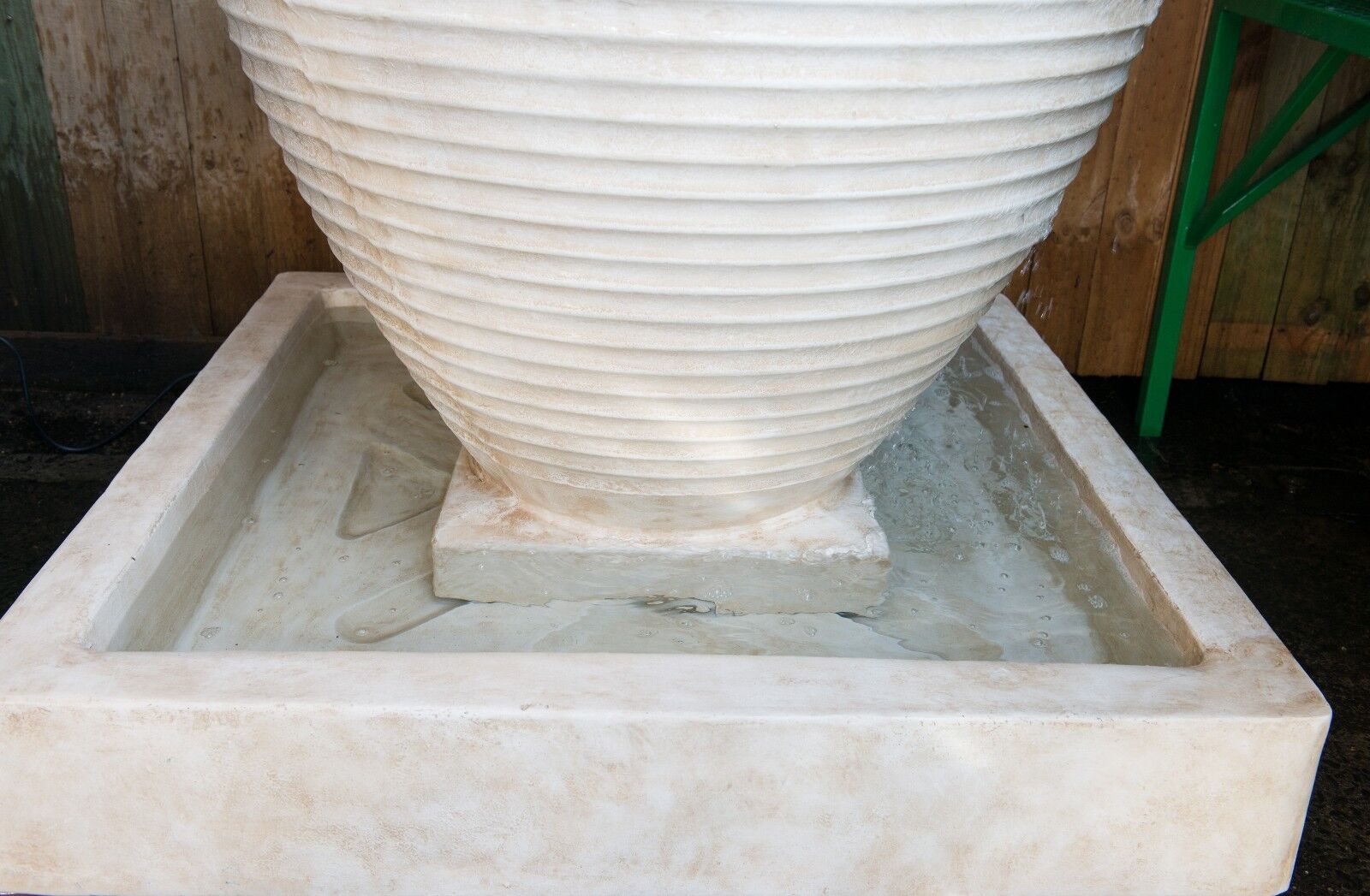
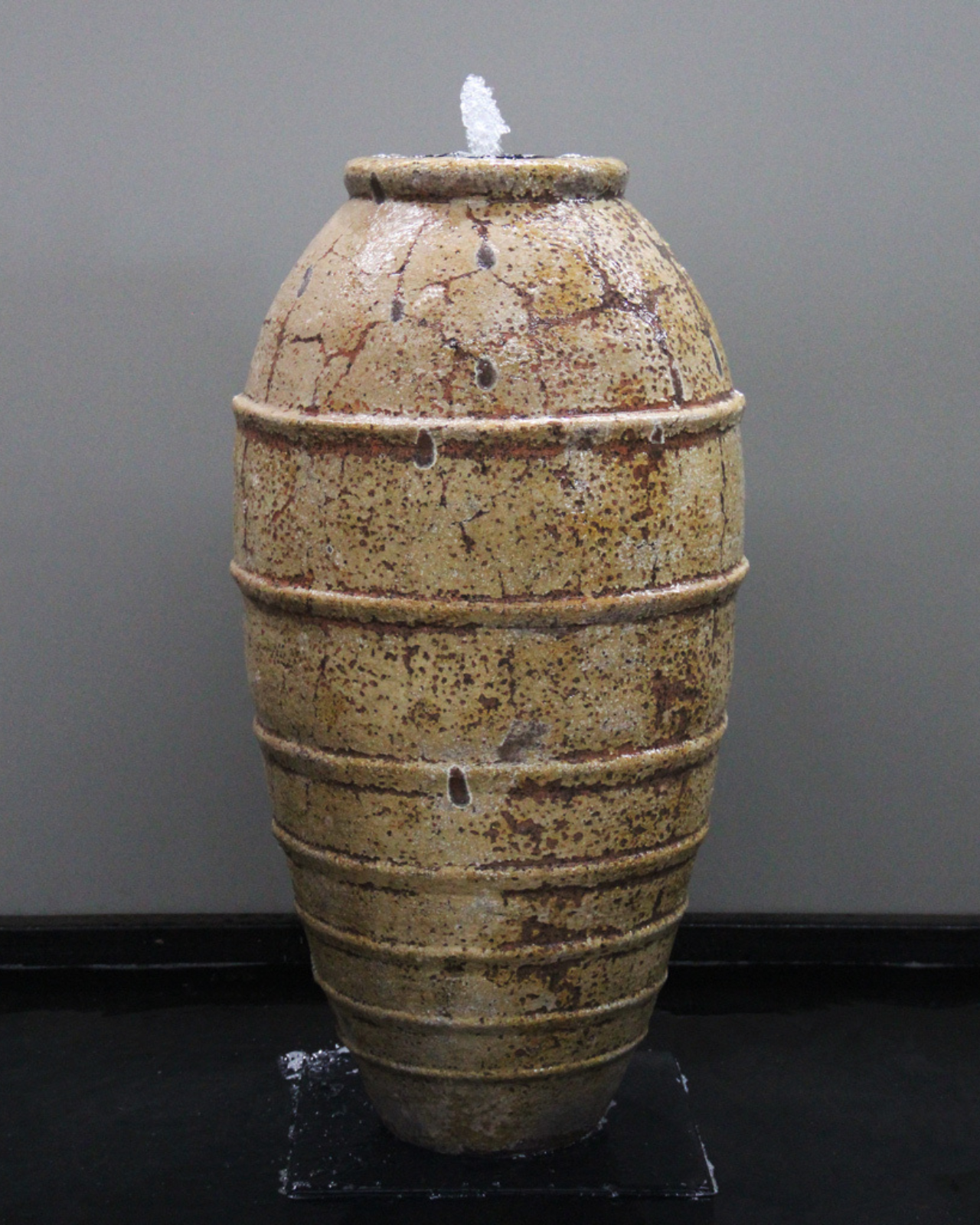

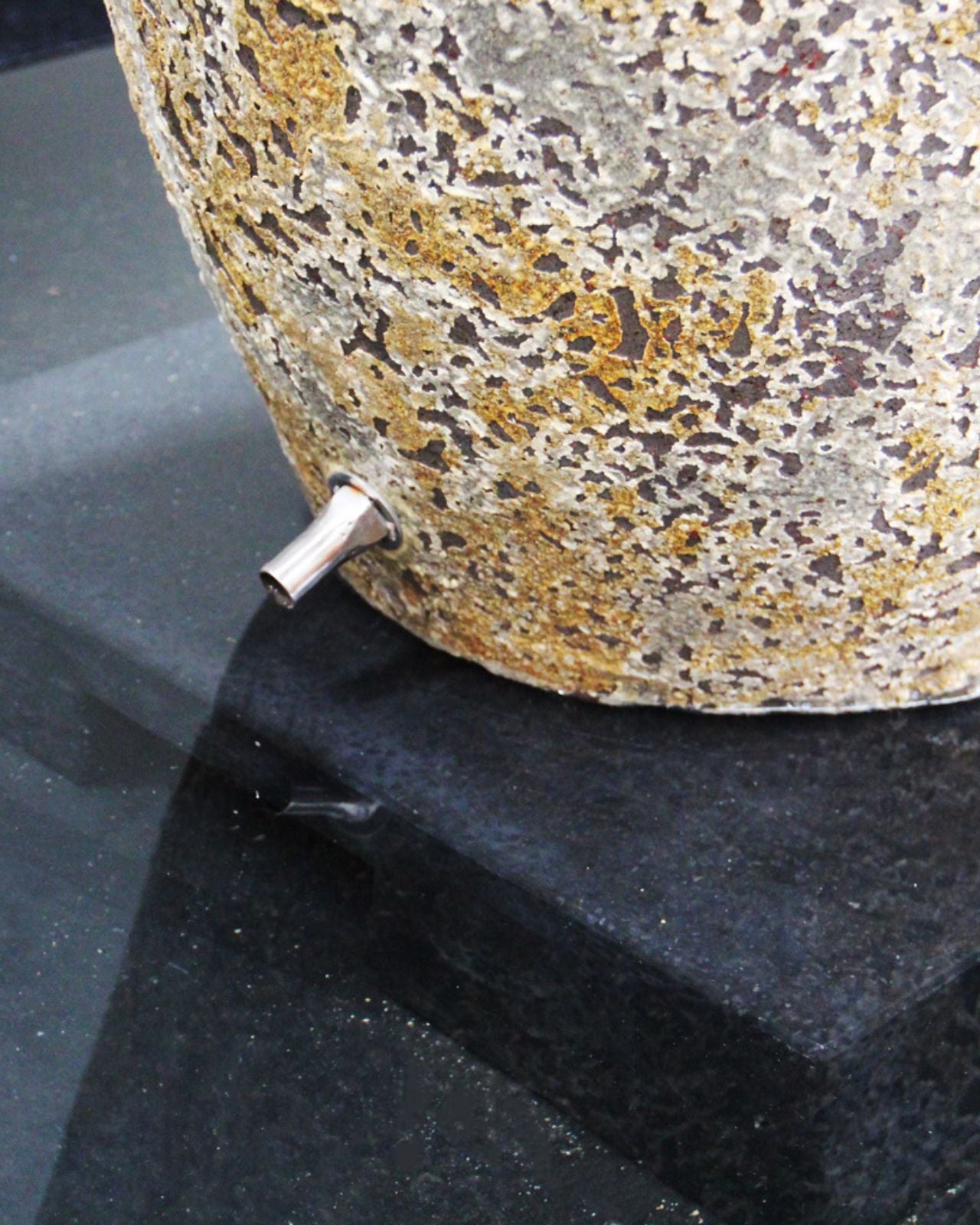
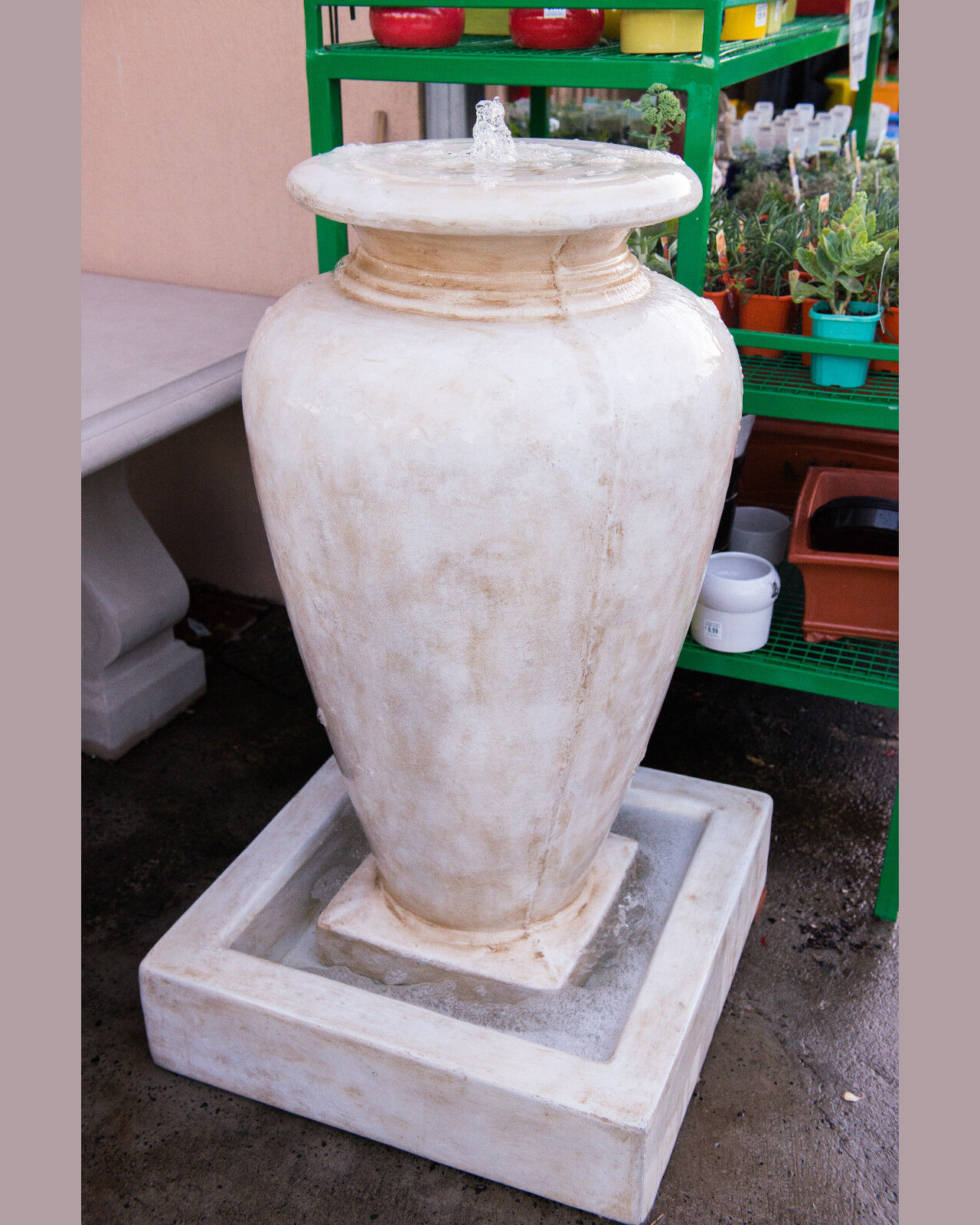

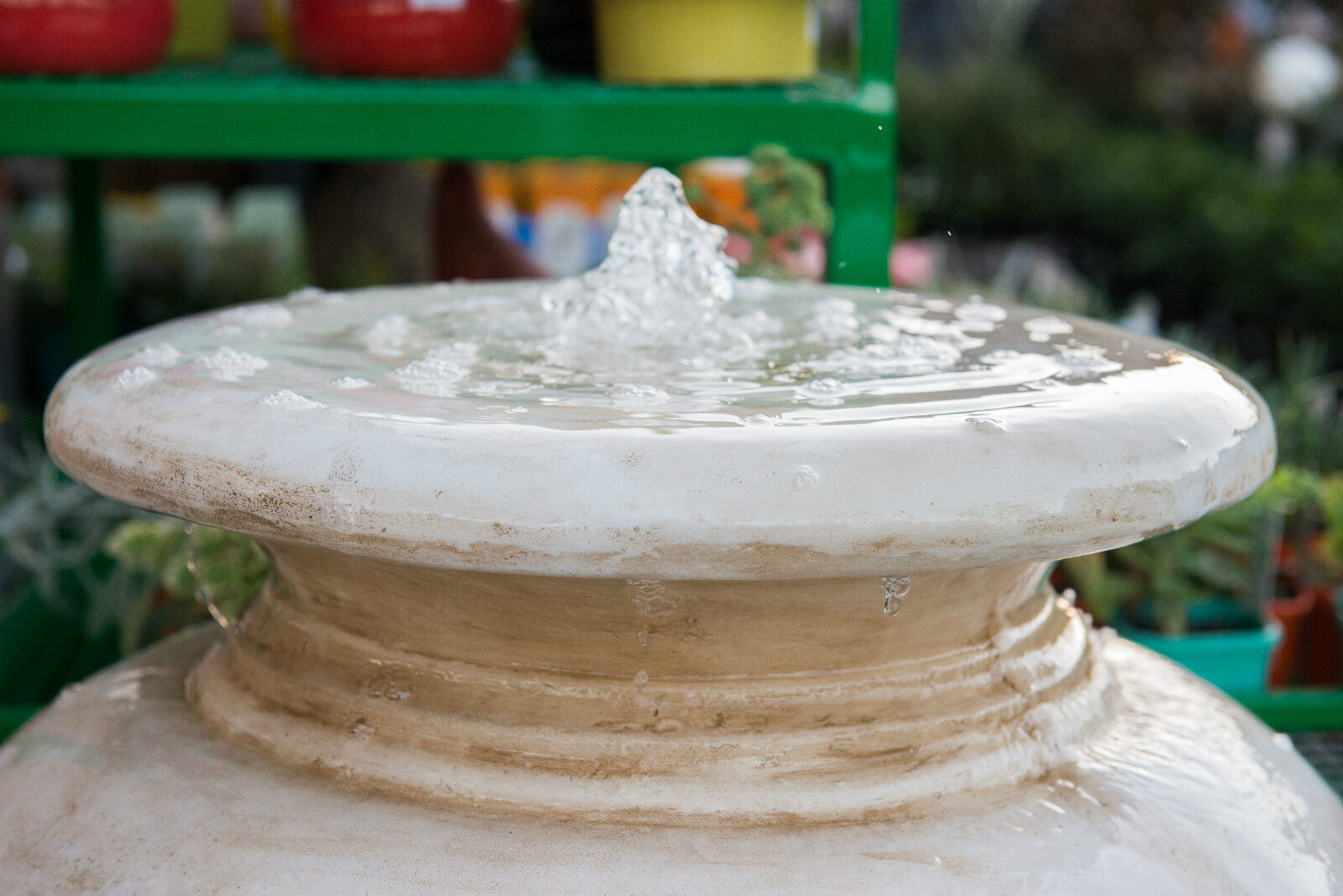
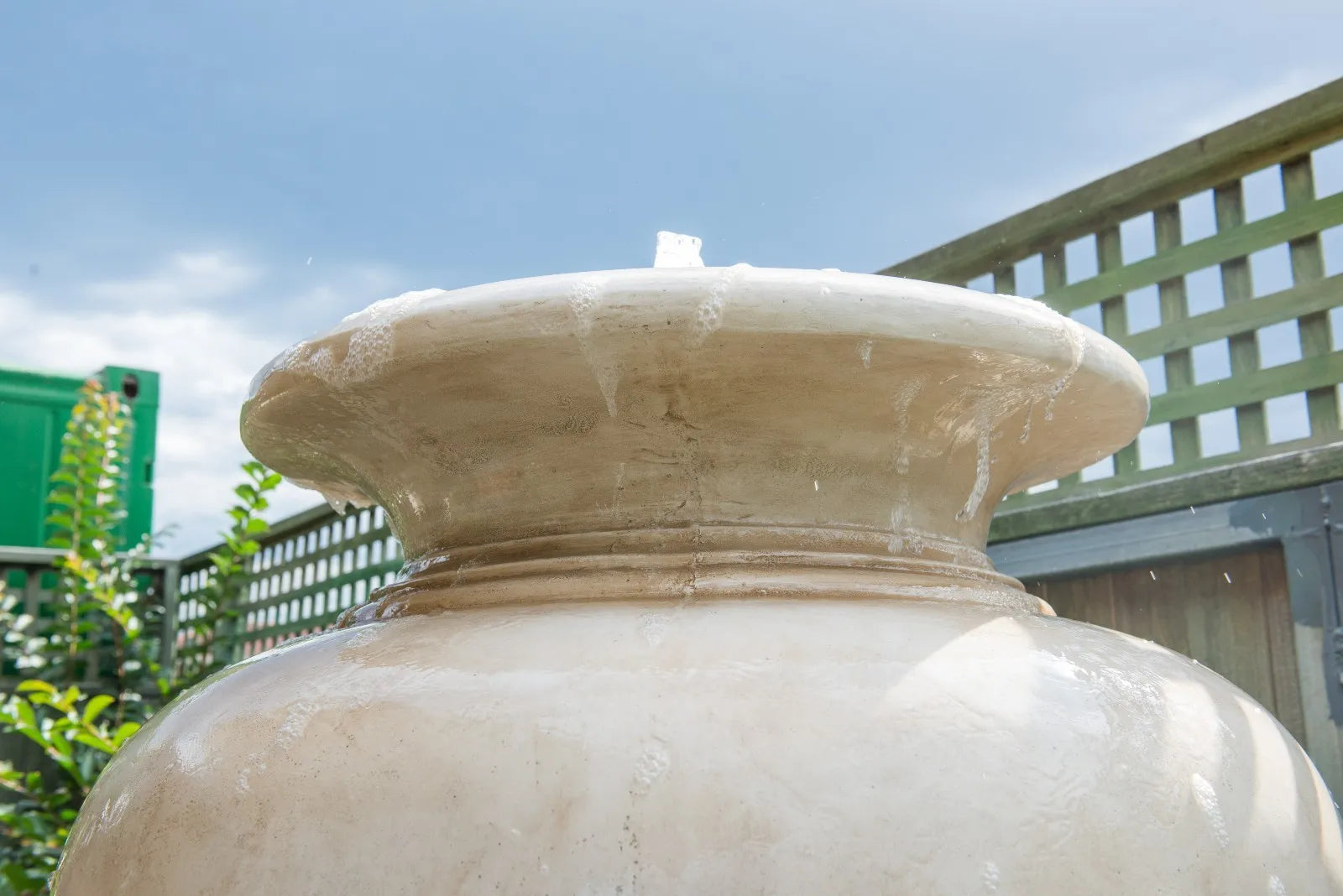
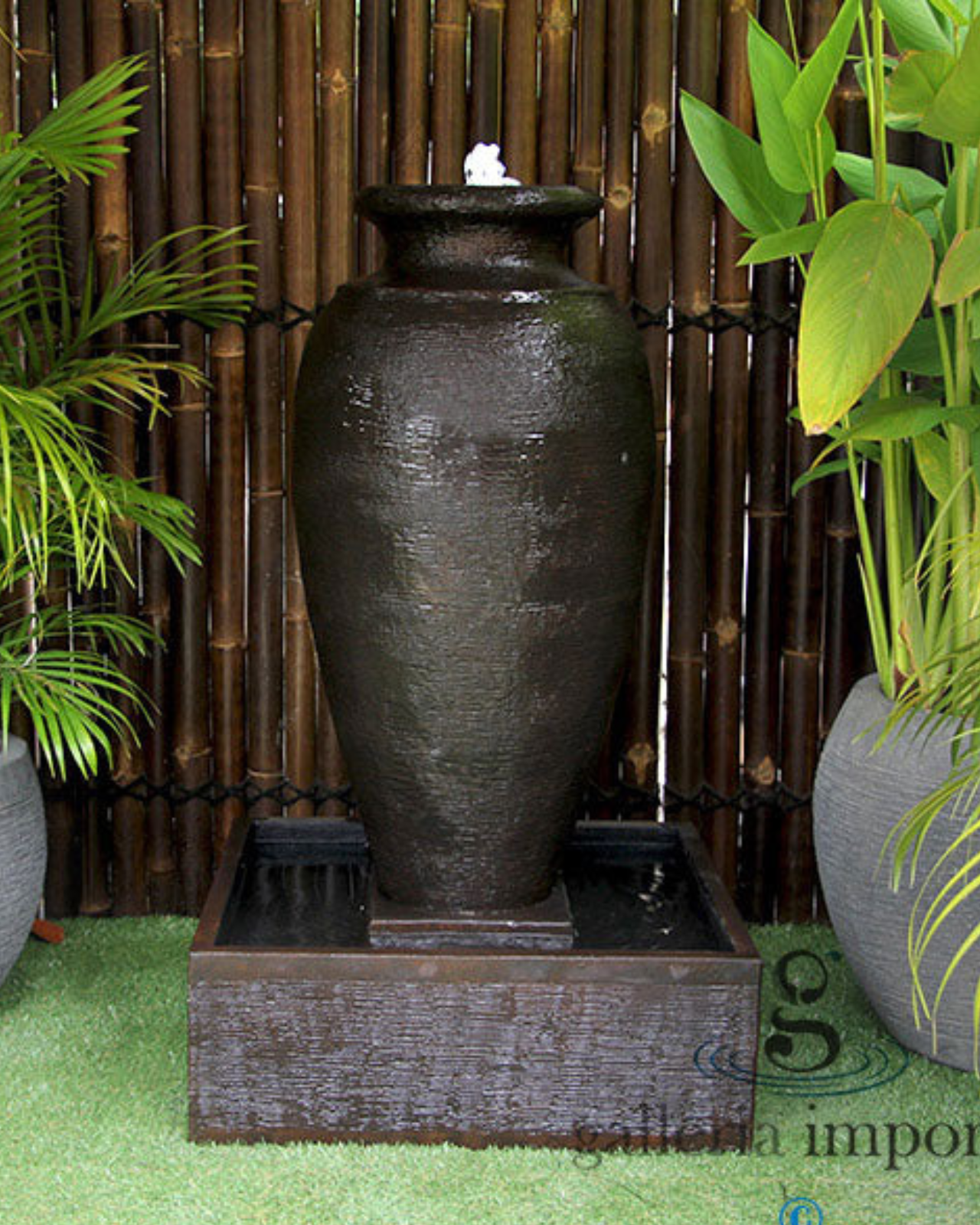

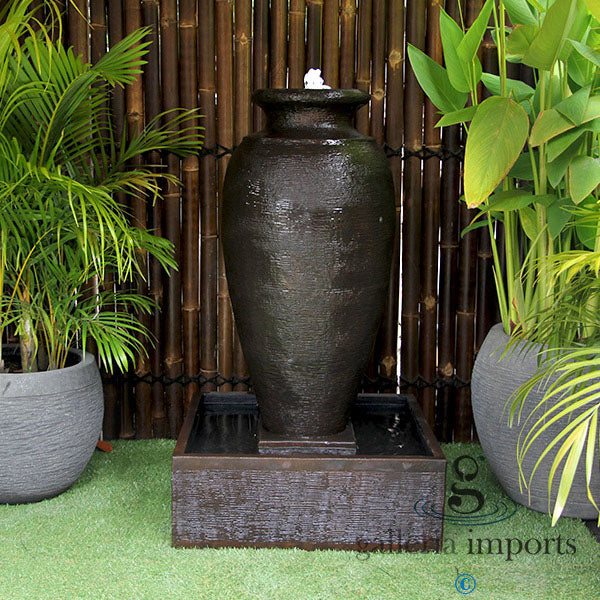
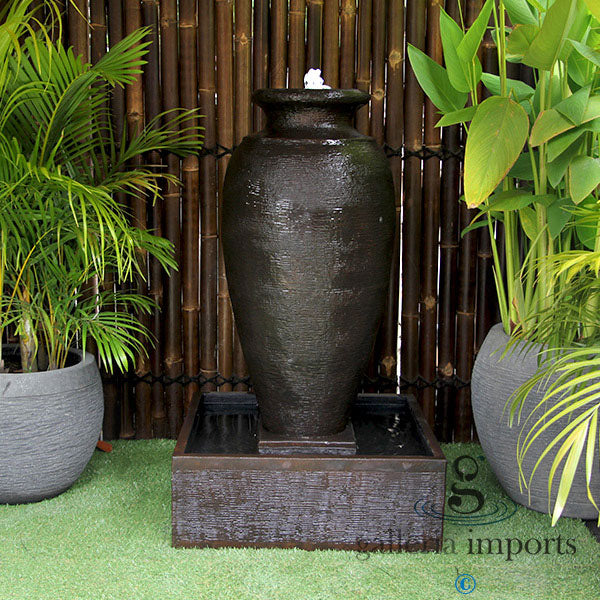
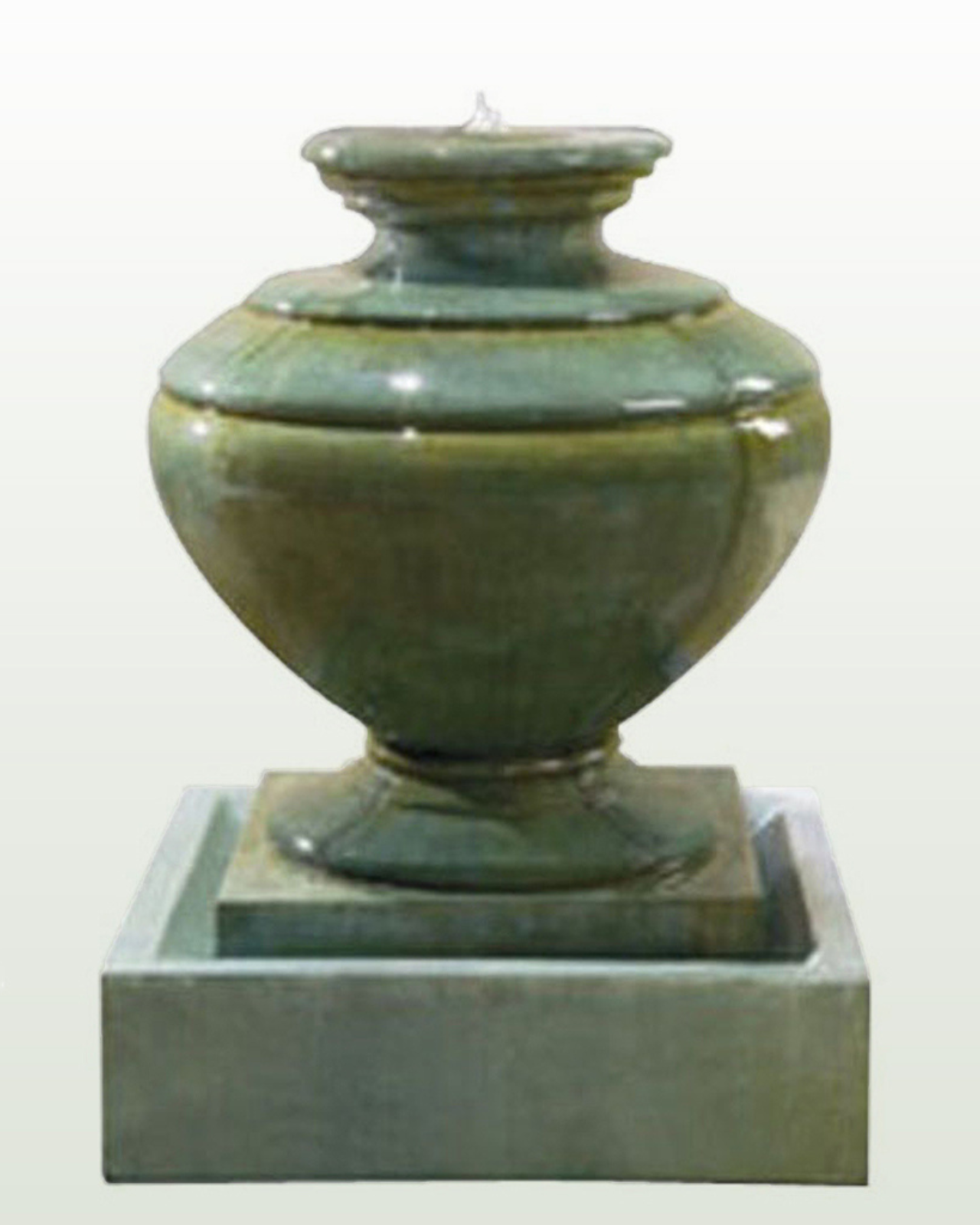
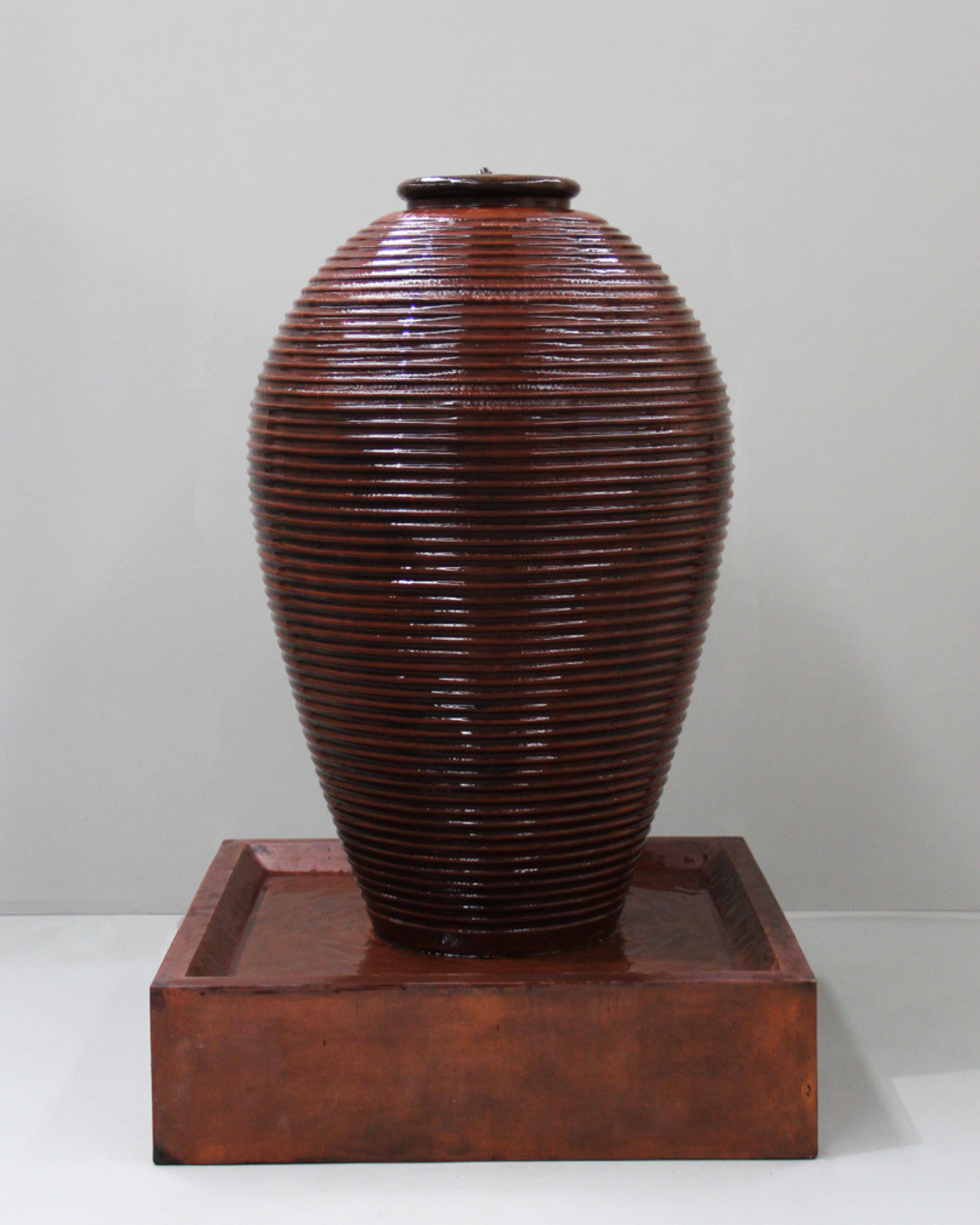
Share:
From Simple Bowls to Solar-Powered Fountains: The Evolution of Bird Baths
Modern Water Feature Designs for Minimalist Gardens